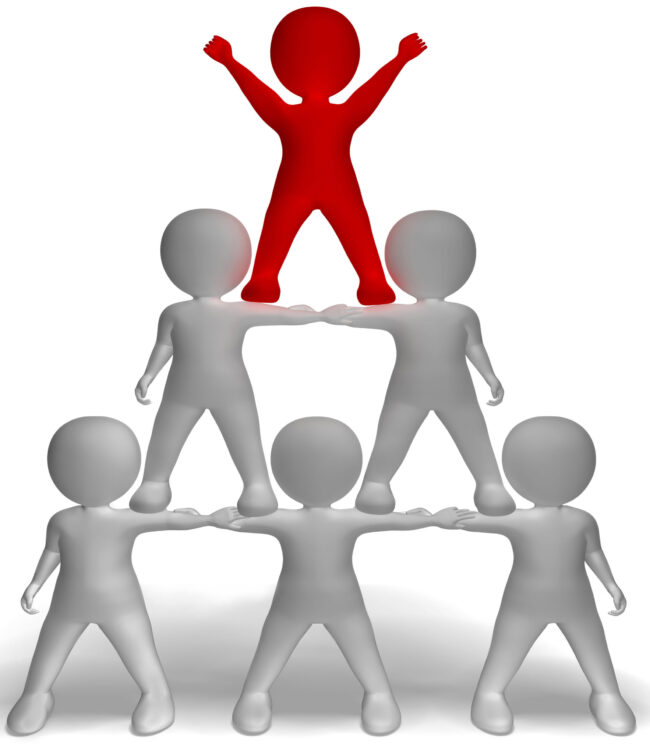First it was Covid-19 and now a Recession? Is a Global Military Conflict on the Horizon as well?
Social, economic and personal pressures continue to mount. There is already evidence of Reductions in Force, (RIF) aka layoffs are underway or planned. With consumers stretched to the max, higher interest rates, equity markets in retreat and a struggling real estate environment, one wonders what the holiday season will bring.
Cross Cultural (Diverse) Teams
Ronald Reagan is credited with saying, “Recession is when your neighbor loses his job. Depression is when you lose yours.” Would that it would be that simple.
As we have addressed in the series on several occasions organizational teams consists of different types of people with diverse background and perspectives on life. More importantly team members can be at different levels of maturity (both personally and organizationally). We will address this in more detail.
Maslow’s Hierarchy
Many are familiar with Maslow’s Hierarchy of Needs. While a simple physiological (group level) safety model and as my colleague Rob Jones discusses in his new book, A Hole In Science–Grammar of The Sociological Problem. He takes a very sophisticated and well thought out approach to addressing this group dynamic problem. For our purposes in the blog, his in-depth analysis is really for professionals and not the casual reader. However, for those interested, I highly recommend this newly released publication.
Released in the early 1940s, the hierarchy consists of these five levels of needs that humans progressively move through (these levels were take directly from the aforementioned linked article and should be treated as direct quotations):
- Physiological–Air, water, food, sleep, health, clothes, and shelter, etc.
- Safety–Include personal and emotional security (e.g., safety from abuse), financial security, and wellbeing.
- Belongingness and Love–Family connections, friendship, and intimacy.
- Esteem–According to Maslow, there are two subtypes of esteem. The first is esteem reflected in others’ perceptions of us. That is, esteem in the form of prestige, status, recognition, attention, appreciation, or admiration. The second form of esteem is rooted in a desire for confidence, strength, independence, and the ability to achieve.
- Self-Actualization–Examples include the acquisition of a romantic partner, parenting, the utilization and development of one’s talents and abilities, and goal pursuit
Maslow and others continued to advance the model, but readers can get the gist of it from these definitions. Moreover, the following short (2.17 min) video covers this model very effectively.
We can look at Maslow through the lens of a Maturity Model. For example, certain Teams and/or Individuals might be higher up the hierarchy than others.
This may change team interactions. Usually, such models reflect the maturity of the lowest member.
With the stress of an economic setback, some members may move from of a position of feeling good to one of Safety if jobs or personal cash flow are threatened.
Guidelines for Going Forward
In one sense,, teams composed of individuals in different phases of the Hierarchy are no different than other diverse teams. Teambuilding techniques such as found in our Cross Cultural Serious Games are good tools to teach team member about the state of mind of their team members and/or competitors.
We have been through tough times before and we will all get through this one as well. Be sure to learn from history so as not to repeat it.
How are you helping your family and organization deal with challenging times?
Note: The definition of a recession is a political football and this is a blog about organizational excellence and not politics. Investopedia has a good and generally accepted definition of the term (recession) and it is provided herein for completeness. Readers can decide for themselves as to its relevance to their individual situation.
For More Information
Please note, RRI does not endorse or advocate the links to any third-party materials herein. They are provided for education and entertainment only.
The author’s credentials in this field are available on his LinkedIn page.
“People fail to get along because they fear each other; they fear each other because they don’t know each other; they don’t know each other because they have not communicated with each other.” (Martin Luther King speech at Cornell College, 1962). For more information on Cross Cultural Engagement, check out our Cross Cultural Serious Game. You can contact this author as well.
For more insight regarding the economics of Climate Change, check out our recent blog, Crippling Green.
For those start-up firms addressing energy (including renewables) challenges, the author is a member of Global Energy Mentors which provide no-cost mentoring services from energy experts. If interested, check it out and give us a shout.

